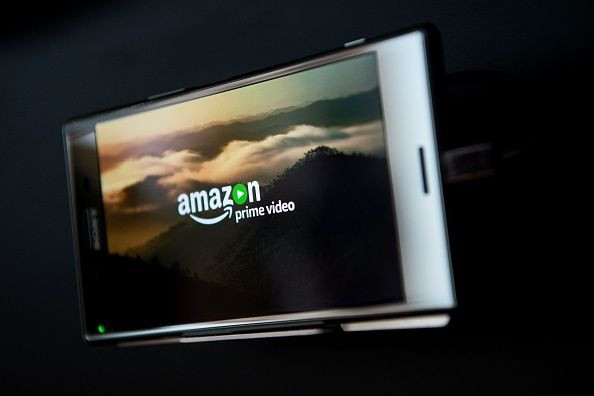The Biggest Sign Yet Amazon Prime Membership Is Near Saturation In US

Amazon (NASDAQ:AMZN) Prime is one of the big reasons Amazon dominates e-commerce in the United States. The online retailer takes about half of all the money consumers spend when shopping online in the U.S. And that number has steadily climbed higher as Amazon's growth outpaced the industry.
But Prime membership may be nearing saturation in the U.S. The growth in the number of shoppers with Prime benefits fell to as little as 8% last fall, according to a survey from CIRP. Growth has bounced back over the last two quarters, but it's still decelerating year over year. The estimated 103 million U.S. shoppers with Prime represents just 12% year-over-year growth.
But the biggest sign Amazon Prime's growth in the U.S. may be close to its saturation point is that it's become increasingly difficult for Amazon to convert trial members into paid subscribers.
Trial conversions are on a downward slope
Amazon onboards Prime members through a free 30-day trial. Over the years, it's taken several steps to make that trial membership as enticing as possible, including investing billions of dollars in video content for Prime's Instant Video service. Management has found that those on a trial basis who stream videos are more likely to pay for memberships. Amazon has also added music streaming and Whole Foods discounts and delivery to make the service even more appealing.
But membership conversions are trending downward. Amazon converted about 75% of trial members to paid members a couple years ago, but that fell to just 64% last quarter.
"Prime members who get the most out of their membership already signed up, new trial members are less likely to convert to paid membership," Mike Levin, partner and co-founder of CIRP, wrote. In other words, Amazon has already picked the low-hanging fruit.
Can Amazon court more members?
Getting more members to convert from trials to paid memberships requires adding more value for the customers it hasn't courted. Amazon has made Prime more valuable for core Prime members with things like Whole Foods discounts and free delivery, which has enabled it to raise the price of Prime by $20 per year.
Discounts at Whole Foods appeal to existing members because half of Whole Foods shoppers are Prime members, so paying an extra $20 per year to save 10% on sale items at Whole Foods is well worth it. But perks like that might not be as valuable to customers who aren't already Prime members and likely don't shop at Whole Foods.
If Amazon wants to get new members, it has to provide value to customers who haven't already found it in what Amazon offers. That's a hard nut to crack, and it's not clear that Amazon's efforts will pay off in additional profits.
Amazon usually likes to add value to Prime by creating synergistic services and benefits such as the Whole Foods example above. That creates value for both customers and Amazon through additional sales. Offering something that appeals to customers that interact with Amazon less frequently may be more expensive for Amazon.
Flatlining Prime member growth doesn't mean Amazon's days of outpacing the broader U.S. e-commerce market are over. And Amazon may yet uncover more opportunities to increase the value of Prime and boost the price again or raise Prime-member spending in the future. Investors shouldn't concern themselves with whether Amazon can convince every last consumer in America to sign up for Prime. Instead, they should focus on Amazon's ability to create value for both its broad membership base and the company.
This article originally appeared in the Motley Fool.
John Mackey, CEO of Whole Foods Market, an Amazon subsidiary, is a member of The Motley Fool's board of directors. Adam Levy owns shares of Amazon. The Motley Fool owns shares of and recommends Amazon. The Motley Fool has a disclosure policy.





















